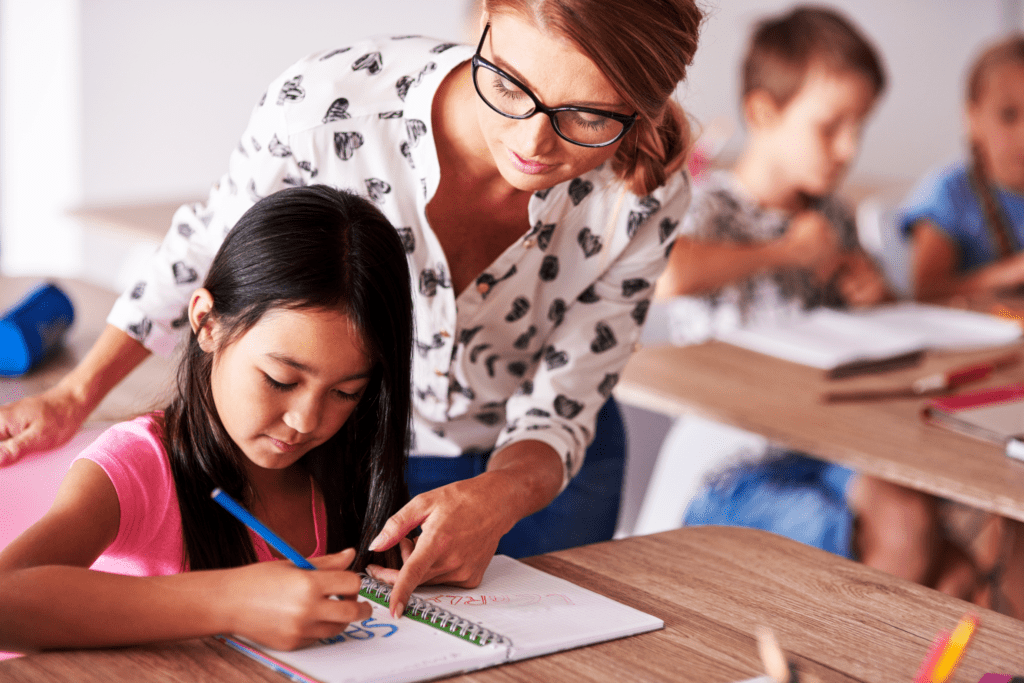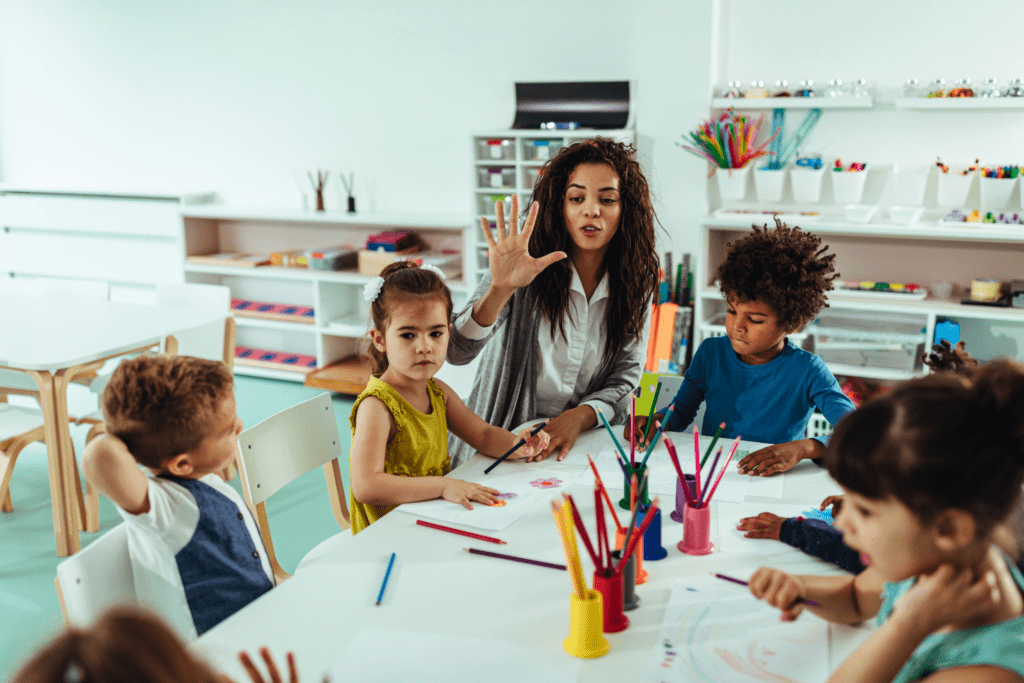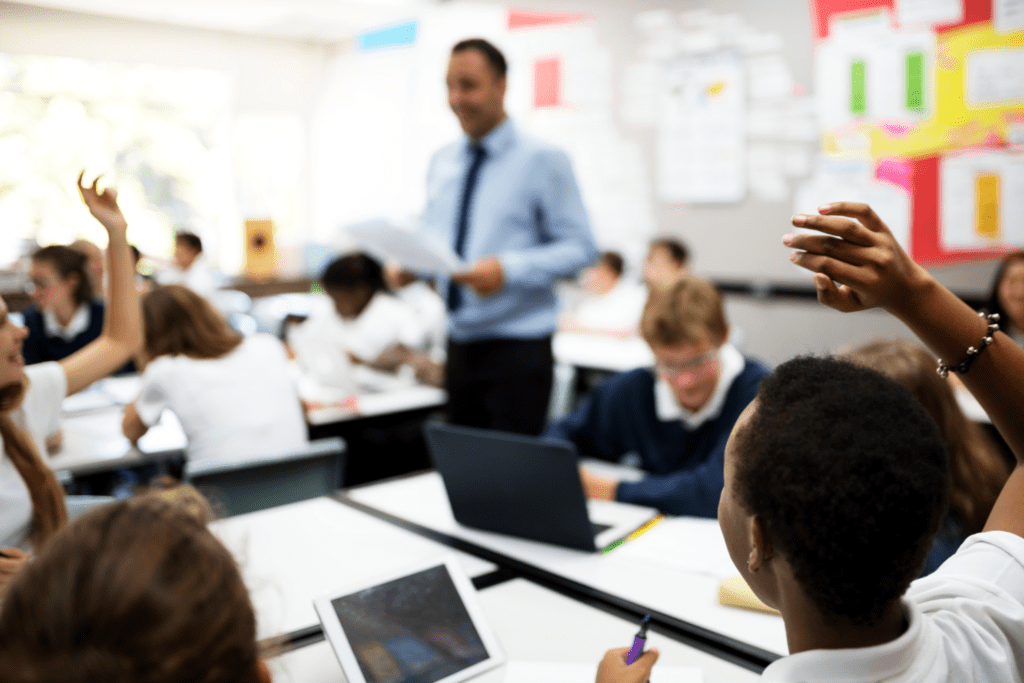One of the many hats that I’ve worn over the years is Aboriginal Education Teacher. This is a specific role that schools often employ to support their Aboriginal and Torres Strait Islander students, as well as support other teachers to include Indigenous content and perspectives in their lessons.
I was making resources for teachers and helping them brainstorm connections but kept finding that very few teachers ended up following through. Very few of my efforts were actually making it into lessons.
I stopped and spent some time talking to the teachers. I asked them what the obstacles were, and we unpacked the root of the problem.
Teachers are afraid.
So many strategies that are used to support teachers include Indigenous perspectives are based on the idea of a lack of knowledge and understanding. Every teacher that I spoke to, from young HASS teachers to senior Maths teachers planning their retirement, were all interested in doing this well. The main barrier was fear; fear of NOT doing it well.

If we want teachers to embed more Aboriginal and Torres Strait Islander content and perspectives in their lessons, we need to take a different approach.
Why are teachers afraid?
They don’t want to get it wrong.
I will admit, I was part of the problem here. I was giving teachers content without the background information or cultural training to really understand it.
Indigenous Australian cultures can not be understood in isolated, bite-sized pieces. Many don’t realise just how different the culture of many Aboriginal nations is to Western cultures, and viewing pieces of culture through that lens doesn’t give a true understanding.
Many of the teachers that I work with do understand this to some degree, but they didn’t know what to do about it.
See more: High Teacher Expectations: What Does it Actually Mean?
Schools and genocide.
On top of this, there is a long history of schools being tools to erase Aboriginal culture. Teachers don’t want to get it wrong because they don’t want to perpetuate this further by misrepresenting Indigenous culture or simply getting it wrong.

The risk of racism.
Many teachers are also worried that they will come across as racist if they communicate something in the wrong way. Even more are afraid of racist reactions from students and parents because they wouldn’t know how to handle it.
What can we do about it?
Training
While training won’t solve the problem in its entirety, it can go a long way. This can be particularly impactful if the whole school does the same training so that teachers and other staff members have the language and opportunity to have meaningful conversations to build strategies and confidence.
This is even more useful if combined with one of the following strategies.
Engage with your community.
Many families of your Aboriginal students want to get involved. They want the best outcome for their children, and if you approach them in a genuine way, many are more than happy to help out.
The key to building a strong relationship with your community is not assuming what each person can bring. If you’re paying an Elder to come in and do a Welcome to Country, you can expect certain things, but working with families needs to be much more of a dialogue.
Get families involved.
It can be incredibly powerful to get parents in for events. Just having parents come in to help with the BBQ during Reconciliation Week opened up many conversations with students and staff. Getting parents on your RAP committee or just having someone you can call if you have questions can also have an incredible impact.
The most important thing is to make sure that you’re also giving back. One thing that schools can offer is a location to gather, so make sure that your working with your community. It’s a two-way street.

Find people who will answer dumb questions.
I worked with a Gubbi-Gubbi woman years ago, and she’s the best person to run things by. She’s incredibly patient, but will tell me if I’m wrong or being an idiot. She loves spending her time working with students and will answer all of their questions without any judgement because she understands how important it is for their questions to be answered.
Learn from, not about.
The best way to incorporate Indigenous perspectives in your school is actually one of the easiest. It just requires a change of perspective.
You don’t need to teach students Aboriginal culture. In fact, if you’re not Aboriginal yourself, you probably don’t have cultural authority. Teachers need to shift their headset away from learning about Aboriginal peoples and towards learning from them.
This could mean inviting Elders and community members into your school, or it could mean exploring novels or poetry written by Indigenous people. Watch videos, and listen to recordings of Aboriginal people. The best way to incorporate Aboriginal perspectives into your classroom is to literally invite them in.





